#german costume
Explore tagged Tumblr posts
Text

A little celebratory painting in honor of Anne of Cleves' Hans Holbein portrait being cleaned
People often were not completely static sitters for their artists. They were also often played music, read to, and spoken with to help pass the time. Anne of Cleves, like many women of the era, was a fine sewist, but she may have also whiled the hours away practicing English for her prospective new husband or being taught court etiquette.
William Kay Blacklock's "The Lesson" was somewhat referenced for proper hand anatomy, as the main reference for this was the Hans Holbein portrait itself. Blacklock actually had two very similar paintings, which would have been even more useful to me had I discovered it earlier. The Second is "The Window."
Edit: Better photo
#art#tudor#anne of cleves#hans holbein#english history#german costume#tudors#watercolor#colored pencil
300 notes
·
View notes
Text
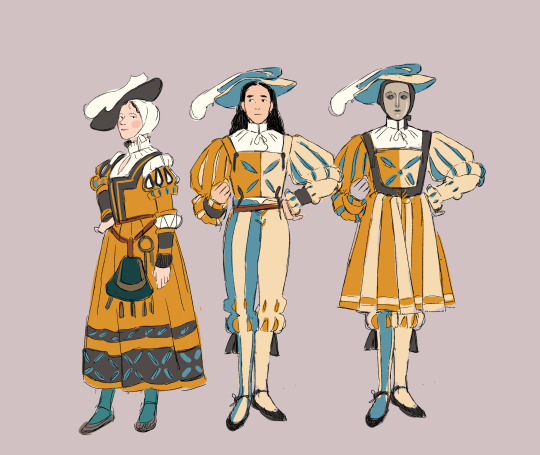

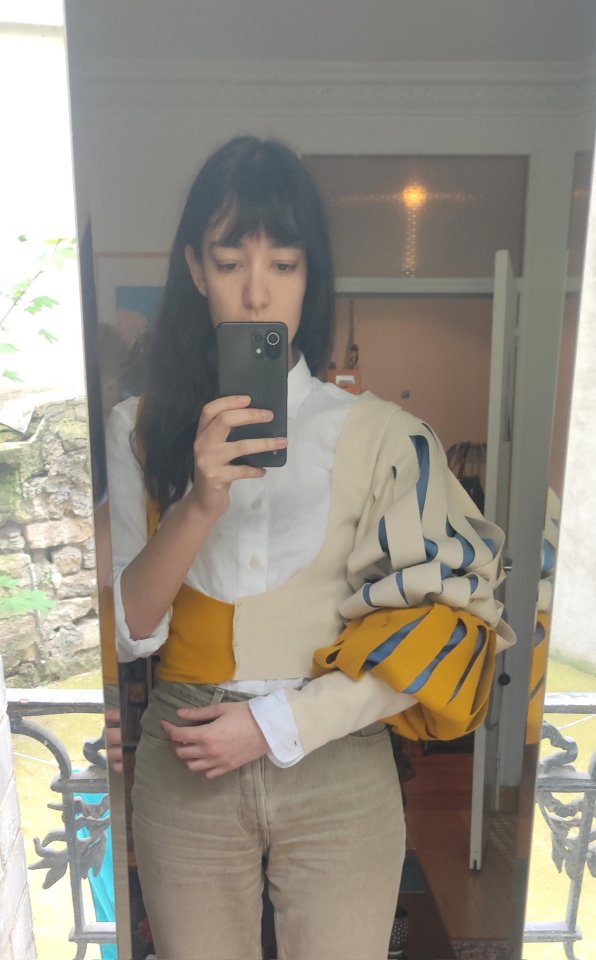
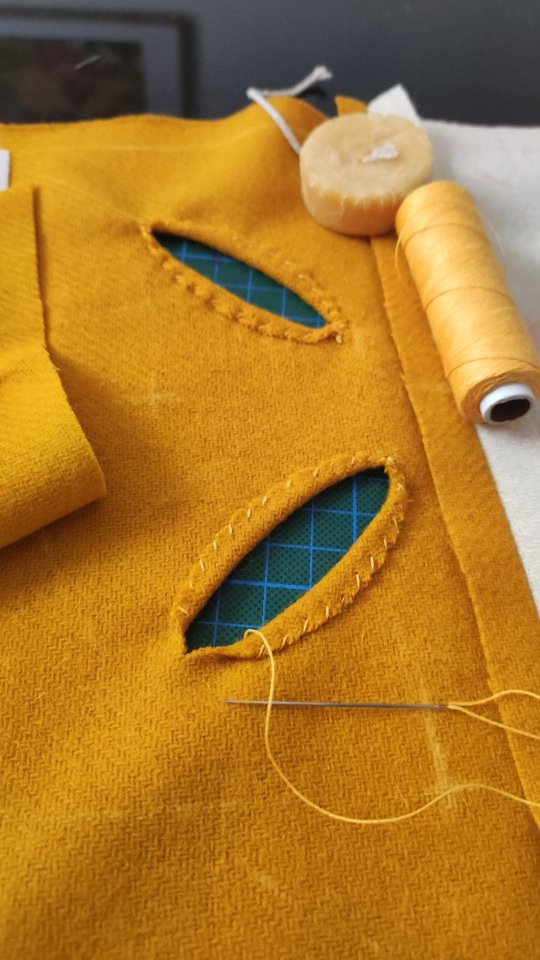

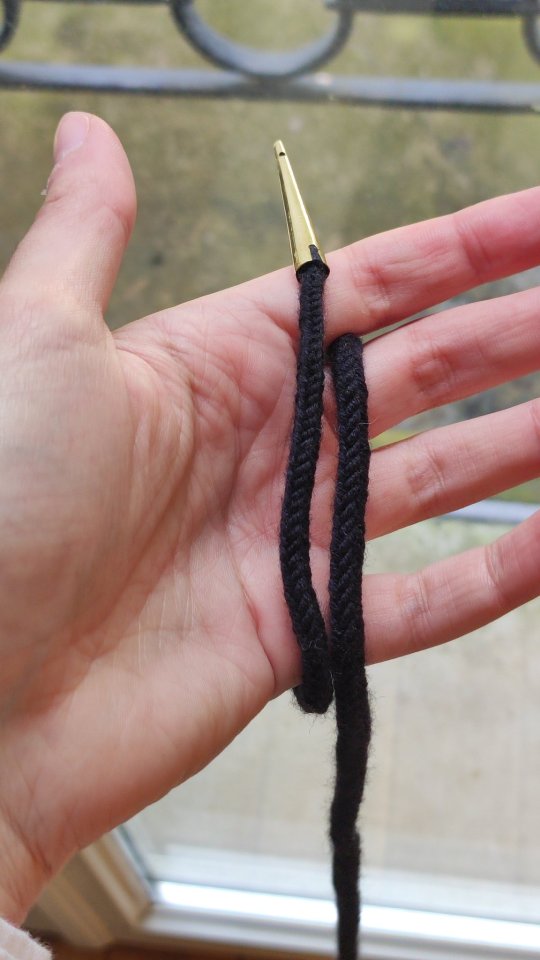
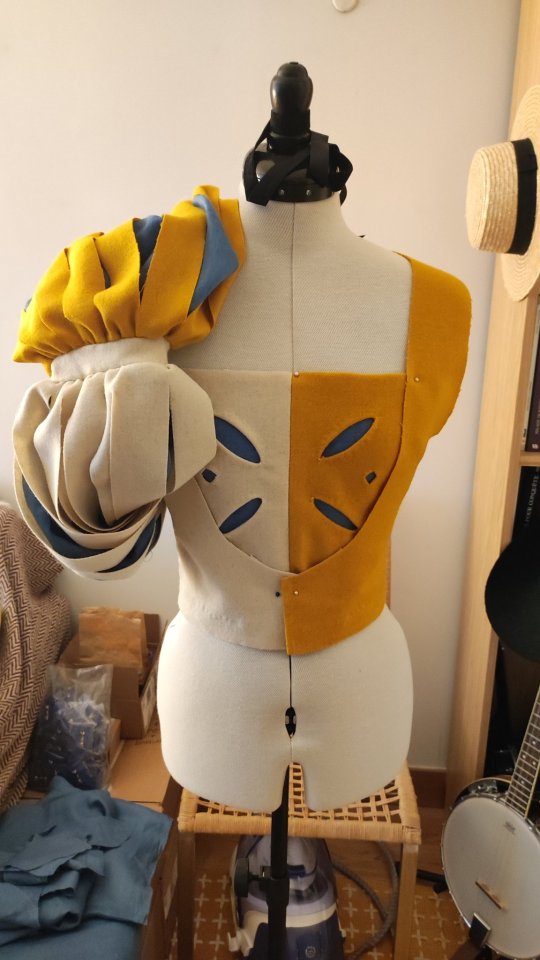




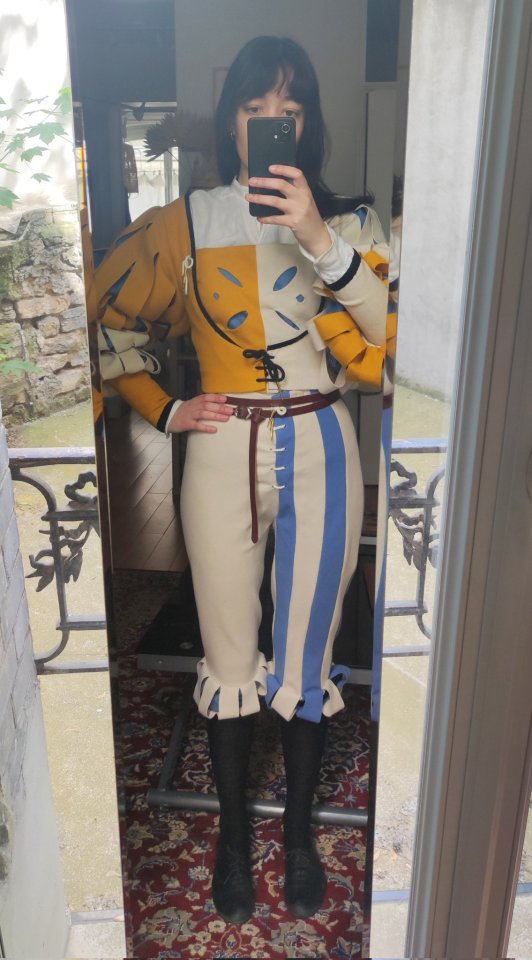
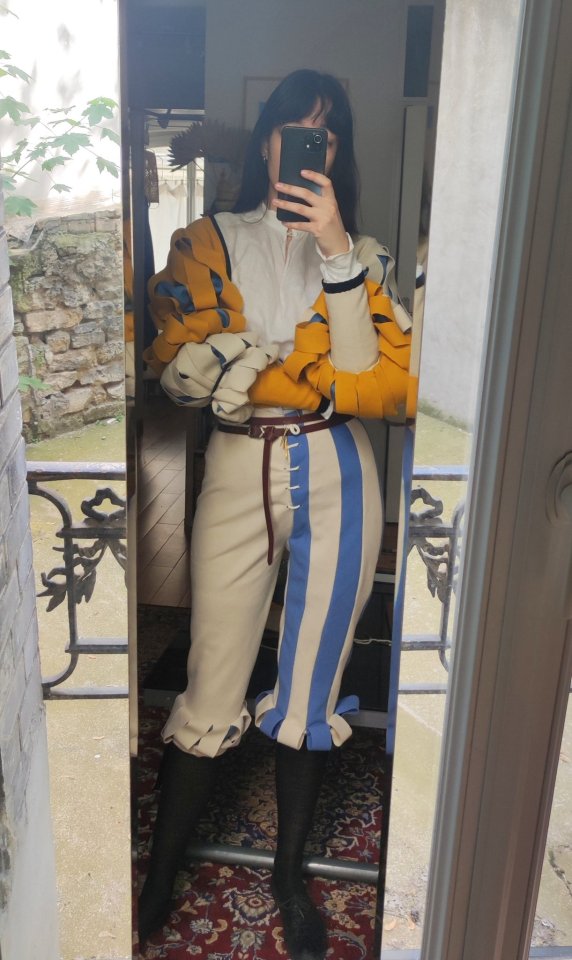

Progress on my current project ! Having some with stripes and slashing this time around. Didn't take any progress photos for the hosen/pants because it broke my brain a little, lol. I also started doing fingerloop braiding for the lacing cords.
I still have to fix a few things on there, including fixation on the brustfleck, and after that onwards to making the hat !
#historical costuming#sewing#16th century#landsknecht#germanic guard#renaissance#it's landsknecht inspired but I also like to think of it as#jestercore#first time draping an drafting everything myself woo !#my art
11K notes
·
View notes
Text
I feel like non German speakers need to know that in German we call bats "Fledermaus", which translates to "flutter mouse"
Cause, you know, it's a lil mouse that flutters through the air
Might as well leave a little sparkly trail with how cute that name is imo
🦇🦇🦇 *flutter flutter bat noises* 🦇🦇🦇
#flutter mouse#love the idea of that#never really thought of the source of the name#we helped one of my colleagues come up with a halloween costume and my boss loved the idea of the bat#german stuff#such an expressive language#linden talks#bats#fledermaus
1K notes
·
View notes
Photo

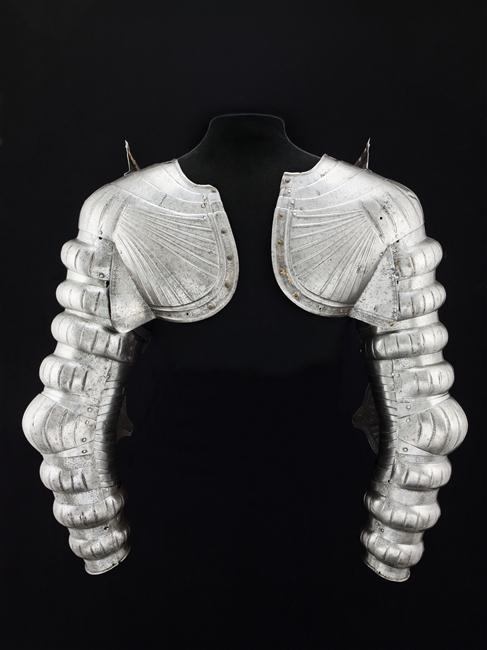
A pair of elaborate puffed and slashed Arm Harnesses, Germany, ca. 1520, housed at the Musée de l'Armée.
#armor#armour#costume armor#puffed and slashed#europe#european#germany#german#hre#holy roman empire#renaissance#musee de l'armee#art#history
2K notes
·
View notes
Text
Abs and doggos though. Have a smile for me today.
#my doggo#doggos#puppy love#puppy#dogs#dog mom#autumn ivy#autumnivy#cosplayer#the bone collector#narrator#actor#costumer#amazon#alternative#shadow#german shepherd
155 notes
·
View notes
Text
We all know who wears the pants in the relationship
@katzenklavierr for the art 😋
#dude for a whole week this teacher has been showing up in increasingly more absurd costumes#Today was snowwhite yesterday was a hotdog#And the day before he was a little German boy shorts and all#Its so funny cause' he's like a middle aged white man#ITS NOT EVEN SPIRIT WEEK EITHER 😭😭😭#red vs blue#rvb#rooster teeth#rvb church#edit#rvb tex#chex#rvb chex#rvb beta#rvb alpha#halo#edits
326 notes
·
View notes
Text

Costume Party, Dresden 1853
#costume party#dresden#1850s#germany#german#history#vintage#photography#deutschland#bw#people#19th century#costumes
120 notes
·
View notes
Text

Gebhard Fugel (1863-1939) "Saint Sebastian" (1892)
#paintings#art#artwork#religious painting#saint sebastian#gebhard fugel#fine art#german artist#christianity#male figure#male portrait#portriat of a man#female portrait#portrait of a woman#costume#costumes#violence#blood#pain#arrows#1890s#late 1800s#late 19th century
148 notes
·
View notes
Text

#wilhelm petersen#art#nordic bronze age#germanic#bronze age#history#northern europe#europe#european#denmark#scandinavia#northern germany#germany#scandinavian#nordic#danish#german#costumes#outfits
74 notes
·
View notes
Text

"Russian farmers fetching water at the spring" (1898)
Wilhelm Amandus Beer (1837–1907)
#Россия#Russia#Wilhelm Amandus Beer#german artist#artist#русские#russians#people#gouache#русский народный костюм#russian costume#costume#slavic#painting#russian#german art#beauty#history#german culture#culture#traditional#german#vintage art#landscape#19th century art#paintings#Europe#Eastern Europe#1890s#19th century
134 notes
·
View notes
Text
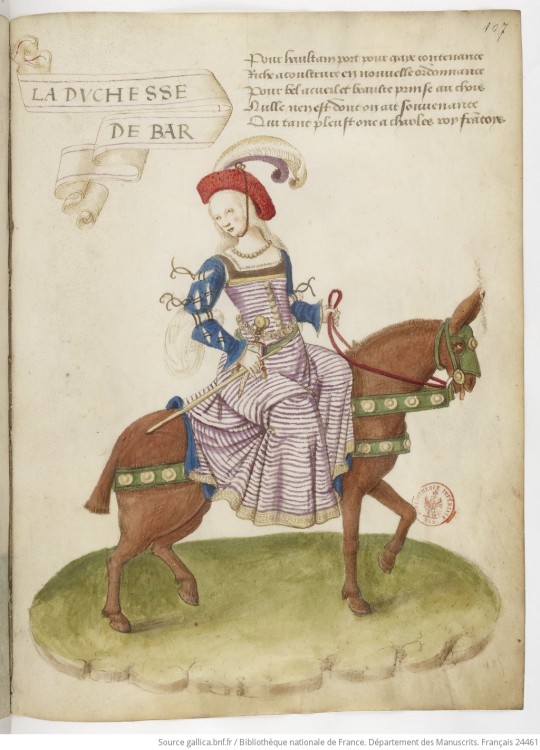


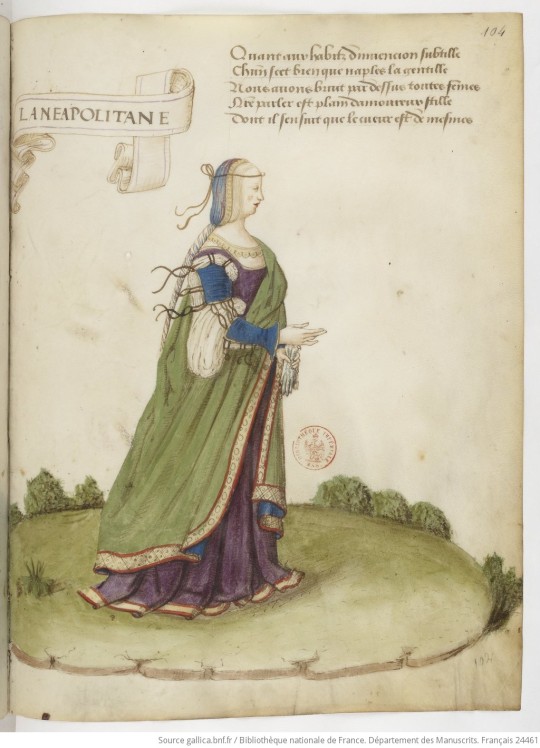
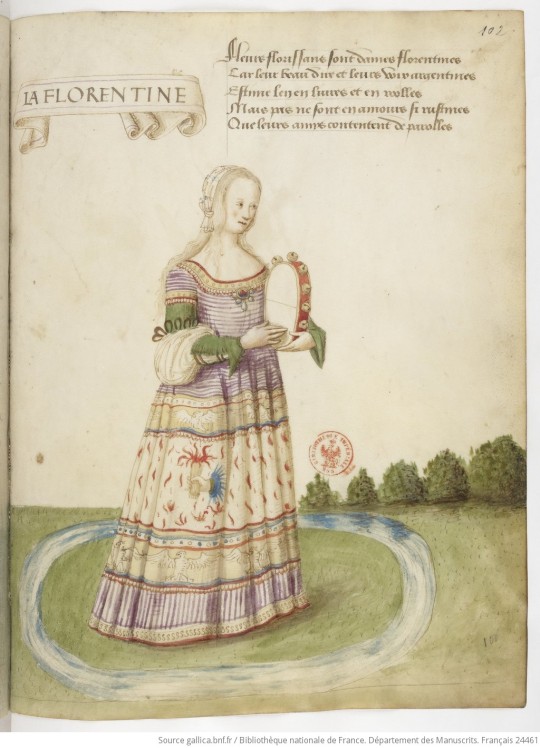

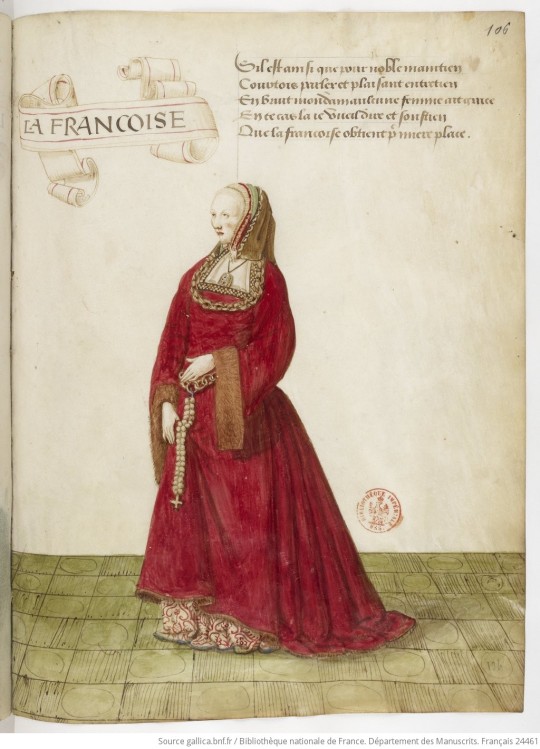


Collection of drawings accompanied by texts, known as Recueil Robertet, 1490-1520 France;
The Duchess of Bar
Women from Lombardy and Venice
Women from Naples and Florence
Women from Germany and France
Green and Yellow; White and Blue
#late 15th century#early 16th century#renaissance#manuscript#illuminated manuscript#illustrated manuscript#16th century#15th century#mdp16th c.#mdp15th c.#France#15th c. France#16th c. France#italy#costume illustration#illustration#15th c. italy#16th c. Italy#costume book#German Style#Germany#15th c. Germany#16th c. Germany#horseback#riding
150 notes
·
View notes
Text
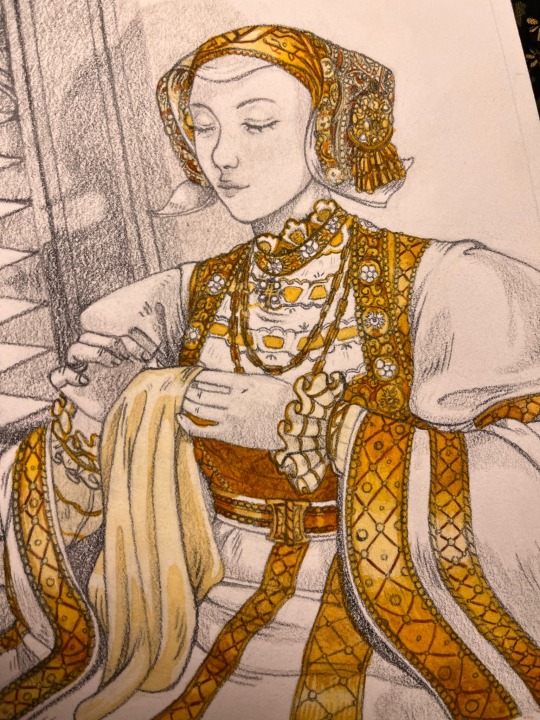
Recently I’ve been working to up my game a bit on my technical skills. I made a sketchbook from some left over higher quality paper and busted out my anatomy resources. And of course, referencing the newly cleaned Holbein portrait of Anne of Cleves.
#wip#english history#german costume#anne of cleves#henry viii#six wives of henry viii#watercolor#colored pencil
54 notes
·
View notes
Text
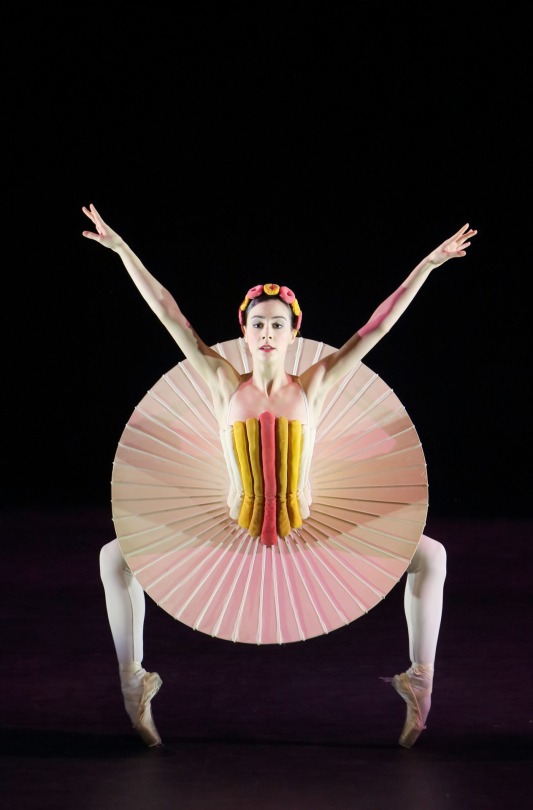



Oskar Schlemmer
Costume Design, Triadisches Ballett (Triadic Ballet)
1921-1929
(New Production, 2014, color photos: Wilfried Hösl)
#oskar schlemmer#ballet#costume#costume design#russian avant garde#bauhaus#german art#german artist#avant garde#ballet costumes#clothing design#modern art#art history#aesthetictumblr#tumblraesthetic#tumblrpic#tumblrpictures#tumblr art#aesthetic#beauty#ballet dancer
181 notes
·
View notes
Text

Landsknecht aesthetic // Original character
#himmelgrau#artists on tumblr#landsknecht#16th century#1520s#renaissance#german renaissance#medieval#historical fashion#warhammer fantasy#warhammer#art#illustration#costume design#zweihander#history#1500s
155 notes
·
View notes
Text
Steel Brocade: Puffed & Slashed Costume Armor
Surviving to this day in the collections of the world’s most illustrious museums are a group of three armors. These armors have much in common, but most striking is the attempts made by their armorers to render in steel a convincing portrayal of the puffed and slashed clothing fashionable to the early 16th century.
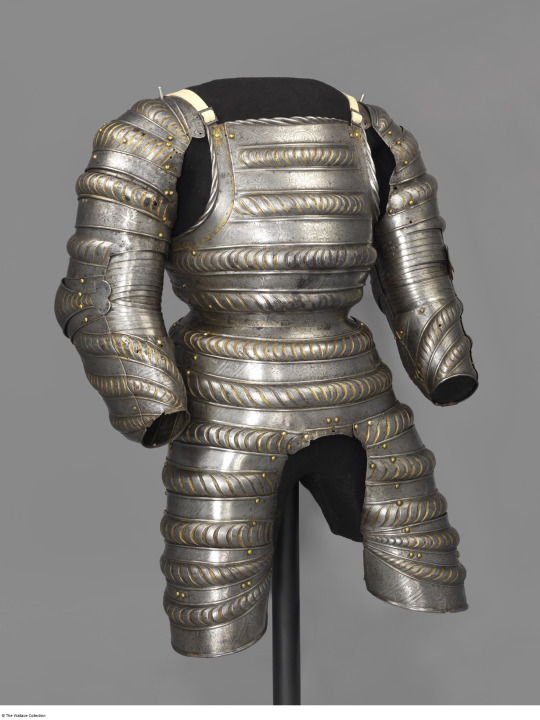

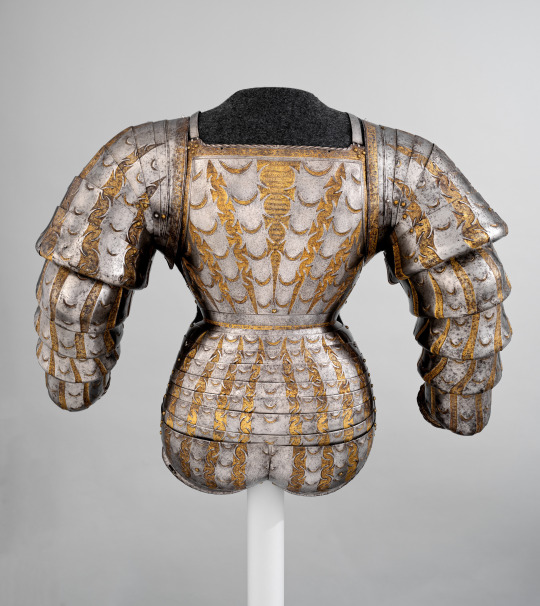
Though this fashion is synonymous with the landsknecht mercenaries who may have been responsible for popularizing it, the puffed and slashed style was enjoyed by members at all levels of society.

Portrait of Duke Henry of Saxony by Lucas Cranach the Elder, 1514, Staatliche Kunstsammlungen, Dresden.
The earliest of these three armors is housed at the Wallace Collection. Consisting only of a cuirass and arms, this armor is, at first glance, rather underwhelming when compared with the other armors in this group. Though the embossed bands styled with etched slashes embellished with gold provide the impression of a puffed and slashed doublet, the execution is all rather stiff, and lacks the impressive volume and fullness exemplified by the other armors.

It is for this reason that this armor, previously considered contemporary to the KHM and Metropolitan examples, has received relatively little attention. However, recent scholarship by Dr. Tobias Capwell suggests that this work is not, indeed, contemporary to the other examples, and is rather about ten years older, dating to ca. 1515. Dr. Capwell also considers this piece to be the work of Konrad Seusenhofer, a favored armorer of the Emperor Maximilian I.
Seen through this lens, not as a poorly executed contemporary of greater armors, but as a less developed ancestor to them, this armor takes on new life. It speaks to innovation and experimentation; an early attempt at a technique which would later be perfected.
The second in this line is the garniture of Wilhelm von Rogendorf, housed at the Kunsthistorisches Museum in Vienna.

This armor is unique for its condition, which is remarkably good. Not only does this armor retain more of its pieces than the other two, it is also accompanied by a number of “pieces of exchange,” elements which could be swapped out so the armor could be worn in the field.
Finished in 1523, as attested to by the date etched on the right shoulder strap, this armor was made for the Count Wilhelm von Rogendorf by Kolman Helmschmid and etched by Daniel Hopfer.

Wilhelm von Rogendorf himself was heir to a new, up-and-coming German noble family.

A medal showing Wilhelm von Rogendorf as a Knight of the Order of Calavatra, dated 1536, Kunsthistorisches Museum, Vienna.
Born in 1481 the second son of Kaspar von Rogendorf, Wilhelm became heir to his family’s estates when his elder brother Sigmund died in 1507, by which time Wilhelm was already a courtier at the Habsburg court. He entered into the service of King Charles I of Spain (later Emperor Charles V) no later than 1517 and was appointed Governor of Friesland. In 1522, Wilhelm accompanied Charles to Spain where he commanded a regiment of 4,000 landsknechts and was again placed in charge of a restless border territory. In 1524, he successfully captured the Fortress of Fuenterrabía from the French, which won him great praise from the Emperor. Shortly thereafter, Wilhelm was named Captain of the Imperial Bodyguard and given the governorships of Catalonia, the Cerdagne, and the Roussillon. Additionally, he was appointed to the Spanish chivalric Order of Calavatra. Wilhelm would retire from court in 1539, but would be recalled in 1541 to command Imperial troops against the Ottomans in Hungary. He would be killed later that same year at the siege of Buda by a stray cannonball.
Though Wilhelm’s armor is now displayed in its parade configuration, the surviving pieces of exchange attest to the fact that it was also an armor for combat. The cuirass is equipped with the long tassets common to the early 16th century. A pair of holes can be observed at the top of the last lame.

These holes correspond to holes at the top of the half-cuisses which accompany this armor, showing that these cuisses would be pointed to the tassets rather than worn separately.

In the rear, the cuirass is accompanied by a rump-defense, also known as a hoguine. Small turning pins near the waist allow this to be removed for combat.
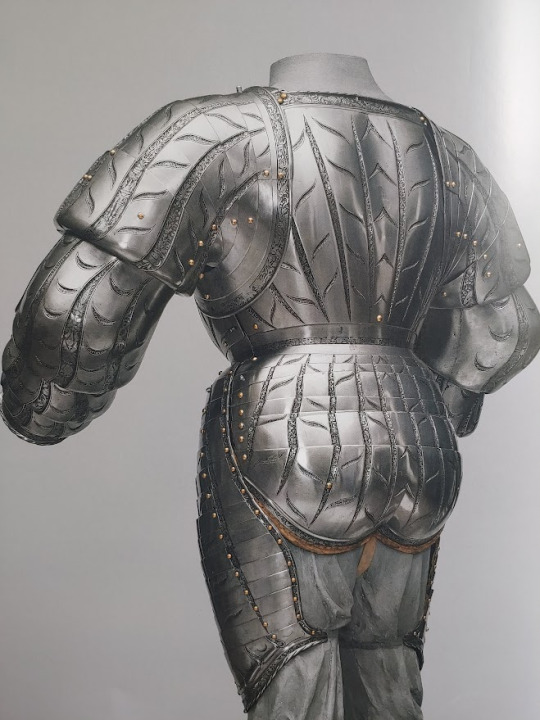
Both spaulders
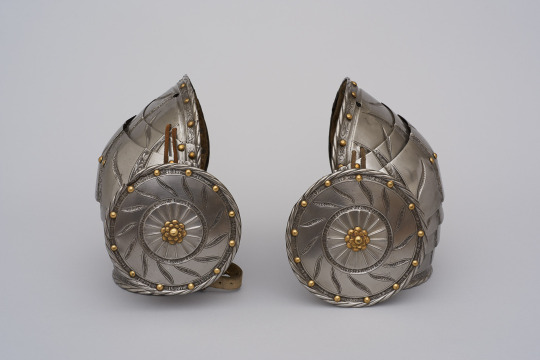
and gauntlets

survive. Additionally, the KHM retains the armor’s right vambrace
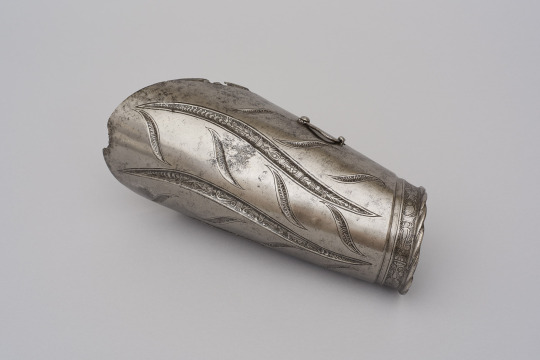
while the Wallace Collection holds the rerebrace and couter for the left arm.
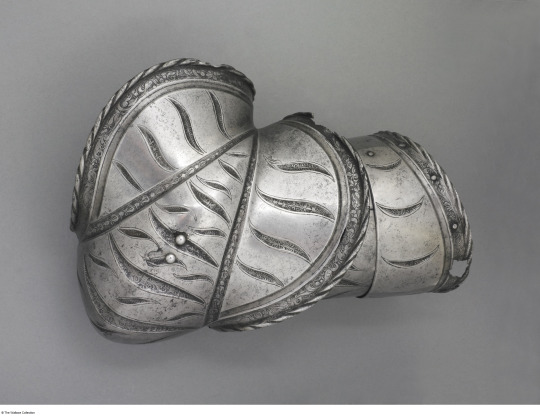
Recently, these pieces were assembled to show what the arm harness for field as a single unit would have looked like.
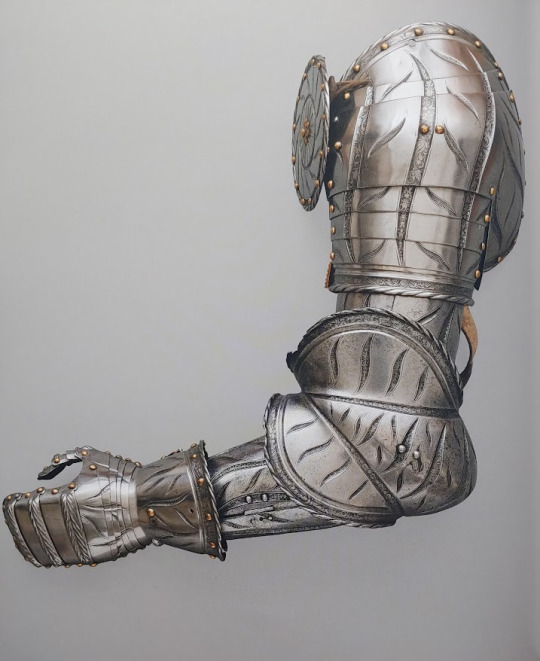
This armor would also have been accompanied by a gorget, now missing, and a helmet. Frequently, this armor is displayed alongside a close-helmet, however it is more likely the armor would have been accompanied by a burgonet similar in form to this example from the KHM.
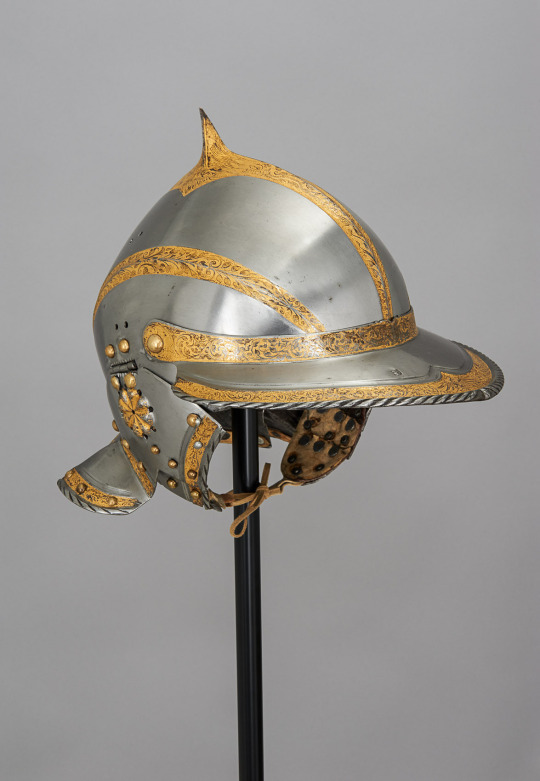
One final, unique surprise this armor holds is a hidden lance rest which is incorporated into the turned edge by the right arm. This rest folds down to allow a light lance to be braced atop it, and when folded up, is nearly invisible so as to not ruin the smooth surface of the breastplate with the prominent staples typically required for affixing a lance rest.

The third and final armor of this group is housed at the Metropolitan Museum of Art in New York City.

The least complete of these three armors, it may also be the most visually impressive. Comprised of only a backplate, hoguine, and arms, the puffs and slashes of this piece (also by Kolman Helmschmid and Daniel Hopfer) are ornately cusped. The slashed regions, displaying the gilded “fabric” beneath, and heavily etched to resemble an expensive silk brocade.
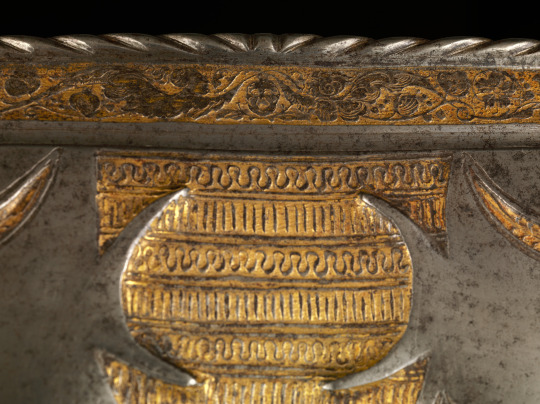
The sleeves of this armor are even more voluminous than those of the Rogendorf armor, though they are similarly articulated and provide the wearer with a surprising degree of mobility. It is thought that this armor may have been made for prominent Polish nobleman Jerzy Herkules Radziwill.
Interestingly, the hoguine of this armor is composed of two separate plates, rather than a single solid plate. Where the hoguine of the other two armors terminates in a decorative fabric border, the Met armor continues into two more articulated lames, covering the top rear of the thighs. Holes along the bottom edge suggest that this armor may have been accompanied by fully enclosing cuisses which pointed to the bottom of the fauld and hoguine.
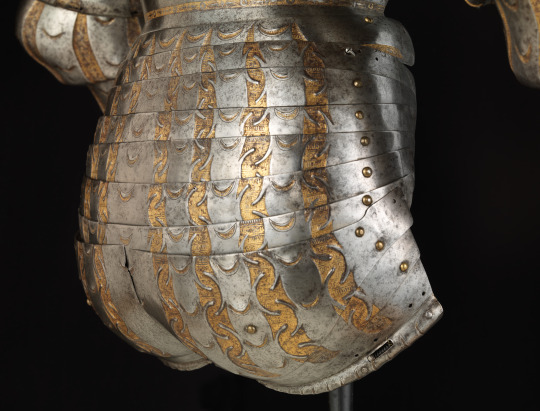
Sources
“A Pair of Gauntlets.” Kunsthistorisches Museum Wien. https://www.khm.at/de/object/540164/.
“A Pair of Spaulders with Besagews.” Kunsthistorisches Museum Wien. https://www.khm.at/de/object/372772/.
Cranach, Lucas the Elder. “Portrait of Duke Henry of Saxony.” Staatliche Kunstsammlungen Dresden. https://skd-online-collection.skd.museum/Details/Index/246875.
Krause, Stefan. Fashion in Steel. Vienna: Kunsthistorisches Museum, 2017.
“Landsknecht Costume Armour.” Kunsthistorisches Museum Wien. https://www.khm.at/de/object/372771/.
“Left Upper Cannon and Couter.” The Wallace Collection. https://wallacelive.wallacecollection.org:443/eMP/eMuseumPlus?service=ExternalInterface&module=collection&objectId=60736&viewType=detailView.
“Open Burgonet.” Kunsthistorisches Museum Wien. https://www.khm.at/en/object/503346/.
“Parts of an Armour.” The Wallace Collection. https://wallacelive.wallacecollection.org:443/eMP/eMuseumPlus?service=ExternalInterface&module=collection&objectId=60519&viewType=detailView.
“Portions of a Costume Armor.” The Metropolitan Museum of Art. https://www.metmuseum.org/art/collection/search/27790.
“Vambrace.” Kunsthistorisches Museum Wien. https://www.khm.at/de/object/372773/.
“Wilhelm von Rogendorf.” Kunsthistorisches Museum Wien. https://www.khm.at/de/object/1409642/
.
#long post#armor#armour#landsknecht#costume armor#art#history#renaissance#germany#german#hre#holy roman empire#europe#european#themet#metmuseum#khm#skd#wallace collection
1K notes
·
View notes
Text


Devrim Lingnau and Philip Froissant as Empress Elisabeth and Emperor Franz Joseph in the second season of The Empress (2022).
#The Empress#The Empress (2022)#Die Kaiserin#costume drama#historical drama#period drama#Devrim Lingnau#Philip Froissant#Elisabeth in Bavaria#elisabeth of austria hungary#elisabeth of austria#emperor franz joseph#Franz Joseph of Austria#german tv#german series#Netflix
55 notes
·
View notes